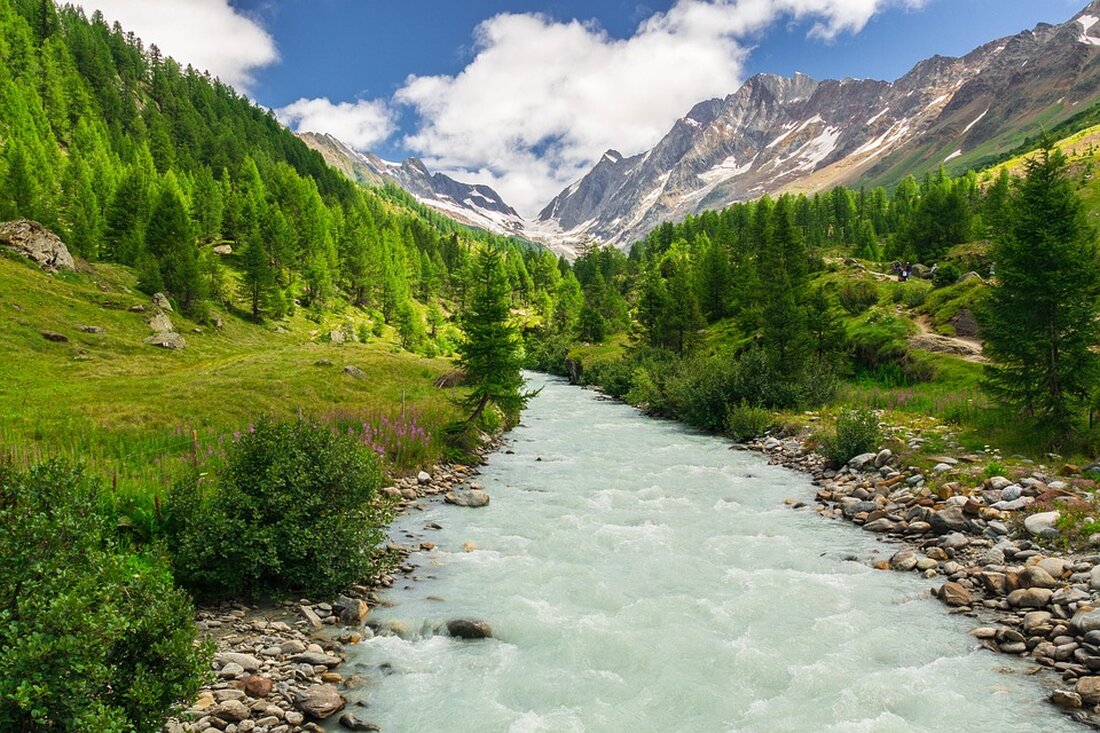Lötschental on alert: Tourists have to decide for themselves when to leave!
Travel warning for the Lötschental: risk of flooding and closed paths; Guests decide for themselves when to leave.

Lötschental on alert: Tourists have to decide for themselves when to leave!
In the last few days, the Lötschental has had to contend with severe natural events. Traveling to the valley is currently not possible because the barrier in Goppenstein is only accessible to residents. The towns of Wiler, Kippel and Ferden in particular are at risk of flooding. Due to a landslide in Blatten, which has a population of 300, the highest alert level has been declared as water threatens to flood more houses in the valley floor. The entire Lötschental has around 1,500 inhabitants and almost the same number of hotel beds. Despite the dramatic situation, there is currently no order for the evacuation of tourists from the cantonal authorities; Guests have the freedom to decide for themselves when to leave.
In the middle of May, around 12 tourists had to be evacuated from Blatten because all accommodation in the town was destroyed. Meanwhile, over 1,000 guest beds remain available in the Lötschental, of which 750 are on the Lauchernalp, which extends over 1,800 meters above sea level. However, parts of the paths at higher altitudes are closed for safety reasons. In addition, the search for a 64-year-old missing person in Blatten was stopped for security reasons, although no deaths or injuries have been reported so far. This dramatic situation comes at a critical time after the ski winter and before the start of the summer season. Stuttgart News reports on current developments.
Flood protection measures
Another challenge in the region is the sediment collector on the Lonza north of Gampel-Steg. This was retrofitted after it did not work during floods in 2011, which led to significant problems. The concrete structure, which was built in 2007 to protect the villages of Gampel and Steg, has proven to be inadequate as it was unable to retain the large amount of fine material, particularly during the flood situation in 2011. The retrofitting, which has now been completed, includes a hydraulic deep gate, which enables the culvert to be completely closed in dangerous situations. 1815.ch reports on the measures taken to prevent future floods.
The total costs for the optimization of the sediment collector amount to one million francs, with 65% being financed by the federal government and canton and 11% by the Lötschen power plant. The rest is borne by the communities of Gampel-Bratsch and Steg-Hohtenn. The bedload collector has the ability to retain up to 40,000 cubic meters of bedload during floods and is an essential part of the flood protection measures being planned in the region. This also includes the construction of a new bedload deposition area on the former Lonza site and the demolition of the former Lonza works hydroelectric power station.

 Suche
Suche
 Mein Konto
Mein Konto